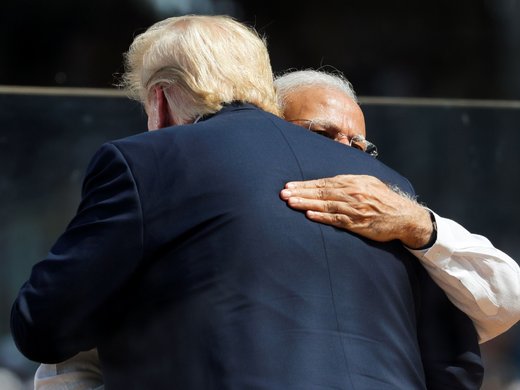In September 2008, the Nuclear Suppliers Group (NSG) offered a special waiver to India, exempting it from the nuclear export guidelines its members set for themselves. Under the terms of the waiver, usually referred to as the US-India deal, India was allowed to import nuclear reactors and other technology without becoming a party to the 1968 Nuclear Non-Proliferation Treaty (NPT). It was also allowed to import uranium for fueling those domestically constructed reactors that it put under international safeguards. This waiver has raised expectations of a tremendous increase in nuclear trade with India. To make sense of these expectations and the prospects for nuclear power in India, this report offers a historical overview and assessment of the Indian nuclear industry, including India’s indigenous efforts and the role of foreign aid and expertise. The assessment points to some successes in India’s nuclear energy program, but notes significant safety concerns, high costs, and a limited production of energy. The author concludes that nuclear energy will remain an important part of India’s energy plan, but notes that even under the conditions of the waiver, its contribution will remain modest for decades to come.


